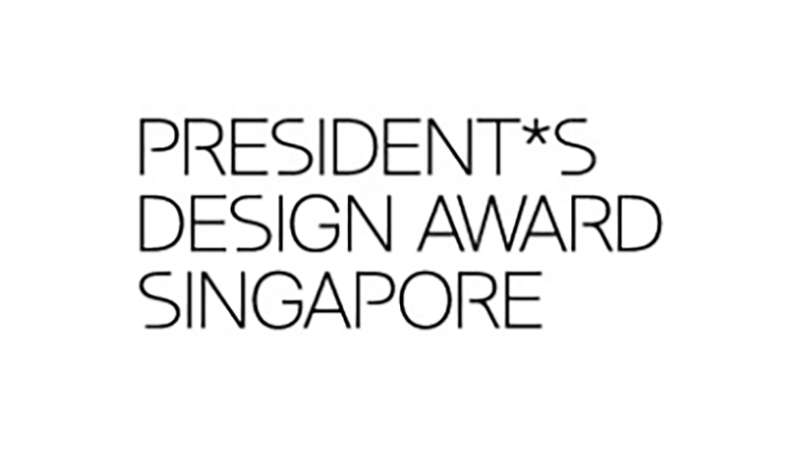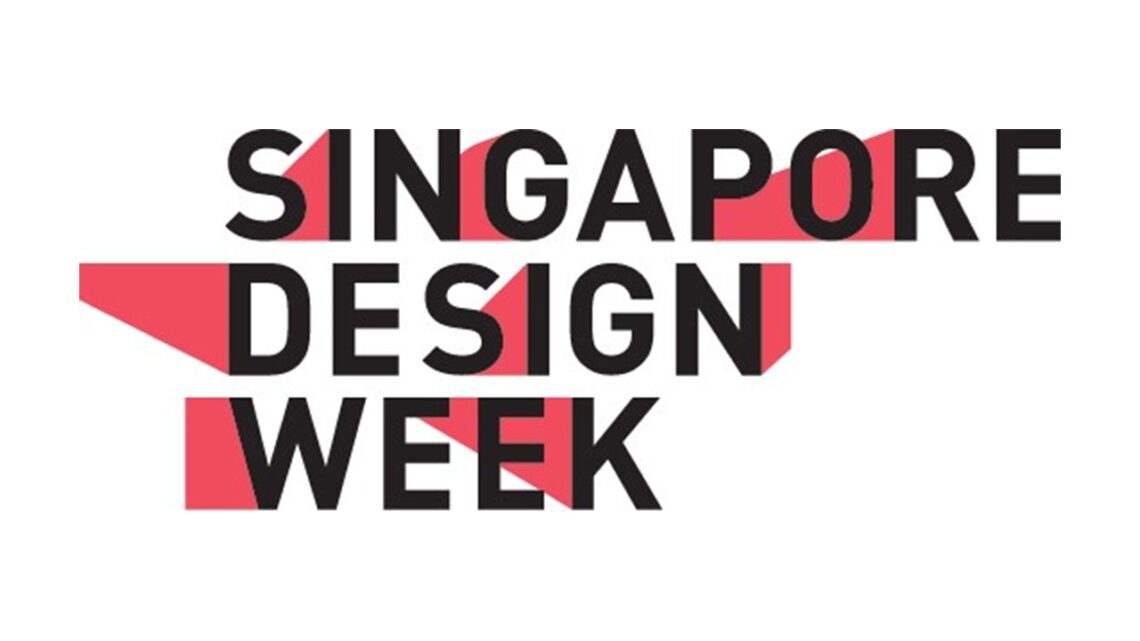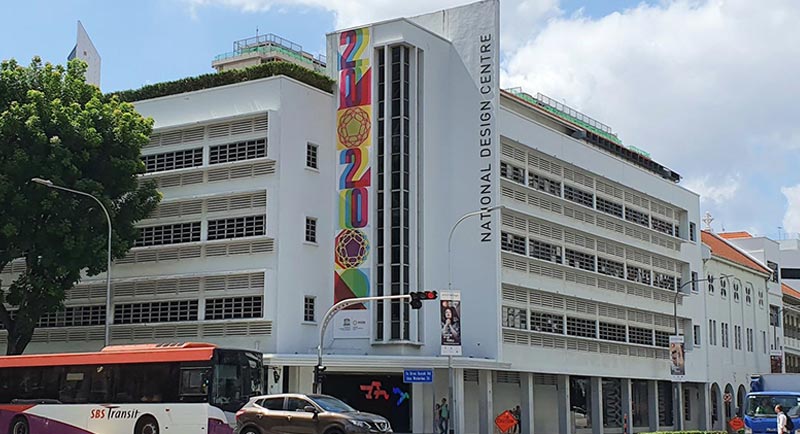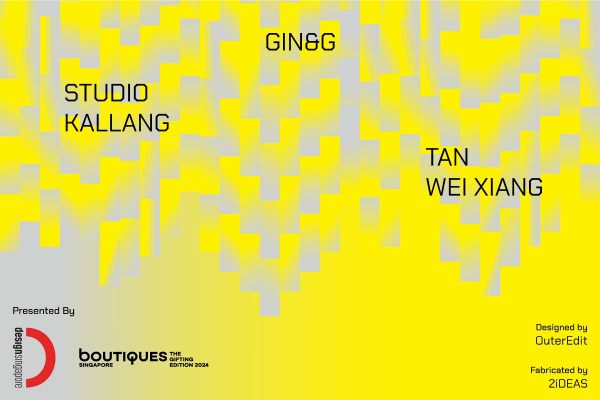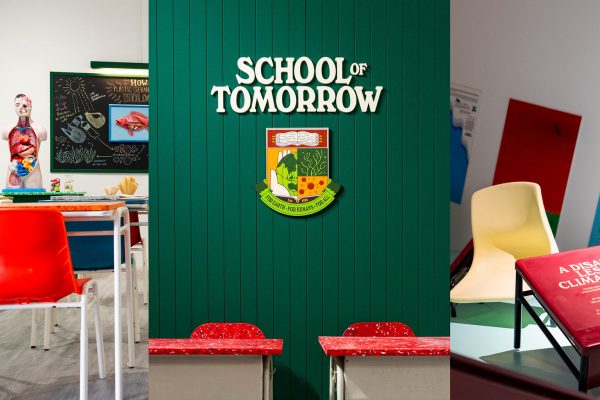Inspired by how the Japanese designed “for society”, industrial designer Edwin Low began to explore how good local design could be paired with high-quality Japanese craftsmanship to create iconic Singapore souvenirs. The result: award-winning, high-grade ceramic and porcelain products with a uniquely Singaporean twist.
Challenge
Retailer, designer and local champion of Singapore design Edwin Low’s first foray into Japanese design was in 2005 when he was introduced to the famous Japanese furniture and product designer Toshiyuki Kita.
Low was one of eight young industrial designers selected for a two-week immersion programme with Kita in Osaka, Kyoto and Tokyo. This was a DesignSingapore Council initiative to nurture emerging design talents.
This sparked the start of a long relationship and interest in Japanese crafts. In his interactions with craftsmen, Low observed many challenges for traditional craftsmen in modern Japan. This included a limited knowledge of global taste, which was a barrier to exporting their products overseas. Faced with a rapidly greying population and slowing demand for cultural goods, the artisans were also closing down legacy businesses across Japan.
The brief internship was pivotal for Low: he saw that the Japanese designed for society. This compelled him to change his Masters’ thesis to look at design from the point of sociology, instead of technology.
He began thinking about Singapore’s product culture and its role in shaping Singapore’s national identity.
He felt that well-designed objects had the potential of becoming vehicles of a culture, best exemplified by Japanese product culture and exports. This was a marked departure from local design philosophy which was either focused heavily on the integration of technology designs for business-driven purposes or selling nostalgia, which, in his view, hardly constitute ed as a product culture.
Low found that options for local souvenirs were saturated by kitschy, low-cost, mass-produced miniatures of local icons that did not represent the rich and complex Singaporean culture. He felt that these souvenirs, or cultural exports, did not resonate with Singaporeans and that there was a pent-up demand for quality products for products and even everyday artifacts that could adequately represent the Singapore experience.
Moved by both the desire to bring Japanese crafts overseas and the urge to make Singapore souvenirs better, Low set up Supermama in 2011. He focused first on selling high-quality Japanese products and worked through middlemen.

Cross-border cultural understanding, language barriers, different communication and working styles stood in the way.
In 2013, a chance encounter with revered Japanese porcelain brand Kihara gave Low the opportunity to finally work directly with the brand. Kihara had received very limited success in their attempts to break into the international market but Low decided to take up the challenge of introducing Kihara to Singaporeans.
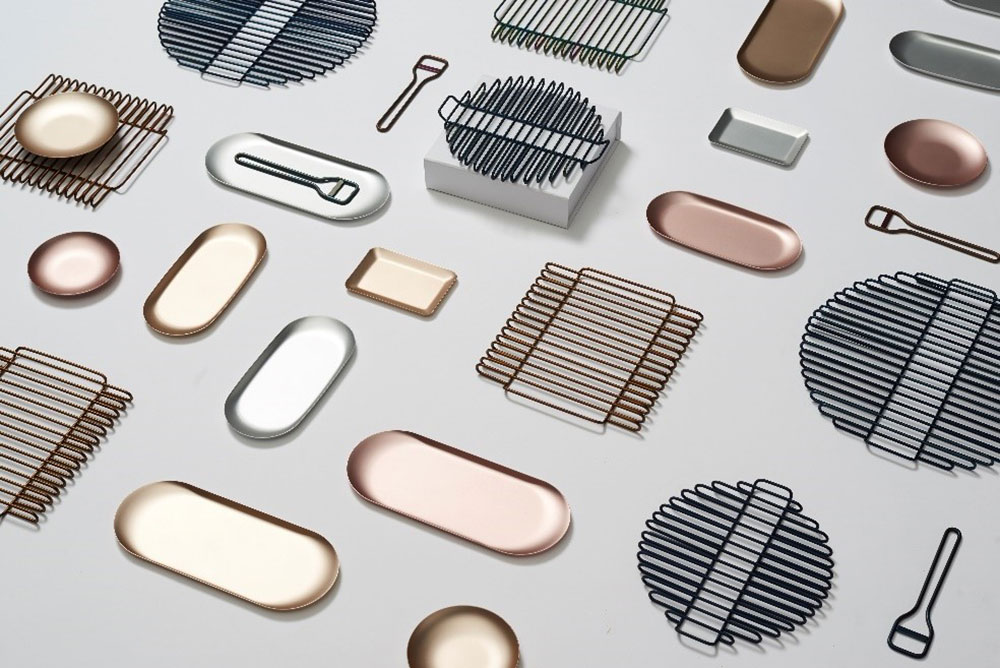
He was proven correct when a small consignment from Kihara received such a positive local reception that it flew off the shelves in record time. This early success instilled confidence in Low’s abilities to identify market opportunities. Before the end of 2013, a steady stream of Japanese makers was interested to partner Low to expand their global footprint.
Solution
With the success of selling Japanese crafts in Singapore, Low saw an opportunity to marry Singaporean designers with high-quality Japanese craftsmanship to turn Singaporean souvenirs around. The plan was an opportunity for craftsmen to stay relevant and tap into fresh demand outside of Japan.
The challenge was two-fold: (1) engage highly-skilled Japanese craftsman to produce Singaporean designs (2) becoming a conduit that effectively bridges designers and craftsman to create emotive and engaging products at accessible price points.
It was challenging convincing craftsmen to be on board. Many Japanese craftsmen had never created designs made by others, let alone a design from a culturally alien country like Singapore.
Cross-border cultural understanding, language barriers, different communication and working styles stood in the way.
Low invested time to understand each craftsman – their strengths, weaknesses and preferences. His deep respect for their craft and a Singaporean brand of pragmatism won them over. If their products did not resonate with Singapore market, Low would duly advise and manage their expectations.
Leveraging his understanding of Japanese craftsmen, Low was able to first scope out what each Japanese craftsman would be able to achieve before working with Singaporean designers to craft the design and production brief. This enabled designers to think from the point of view of the maker and produce designs that were achievable in the production line.
This deep understanding of Japanese craftsmanship allowed Low to act as a bridge between local designers and Japanese craftsmen.
Success was not guaranteed but it was important to fail fast and learn fast. For every five designs produced, three would fail to take off and market reception will be bad. This process tested Low’s retail experience, design sensibilities, and sensitivity to local taste.
In 2013, Low invited five design studios to create a collection of Kihara porcelain wares. Known as the Singapore Icon collection, it was named Design of the Year at the 2013 President*s Design Award.
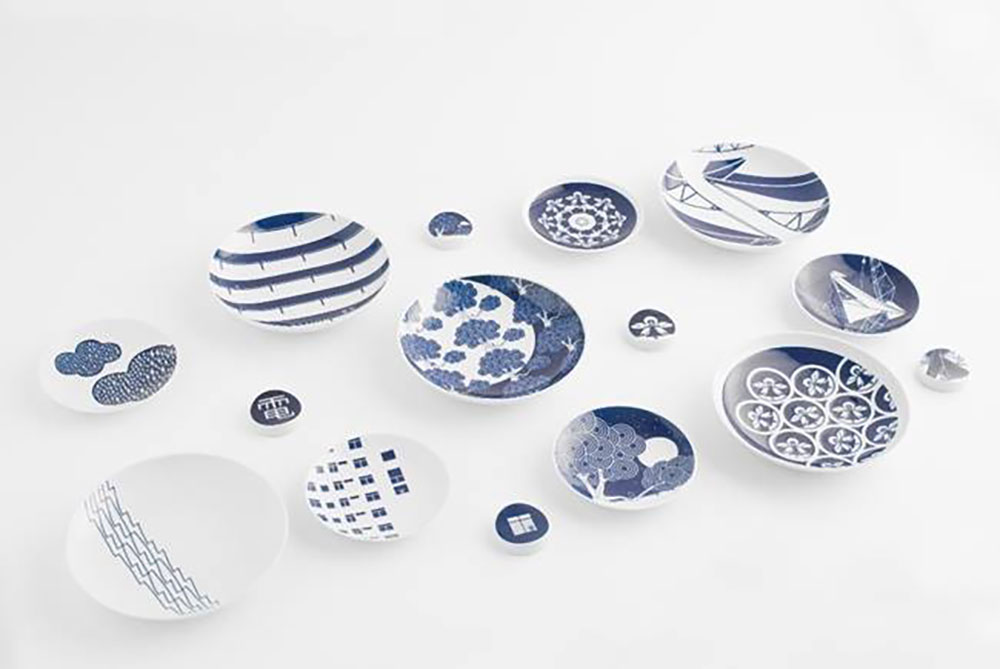
Impact analysis
To coincide with the nationwide celebration of Singapore’s 50th year of independence in 2015, Low and his team decided to produce authentic Singapore souvenirs and carefully crafted artefacts for daily use.
In 2016, Low was one of the four Singaporean designers participating in cross-border trade mission, spearheaded by DesignSingapore Council and Japan’s Ministry of Economy, Trade and Industry in Kanto region, to address the business-to-consumer market. In 2018, he was back with a more than 10 Japanese craftsmen and product companies, launching products under the Supermama KOBO brand.
Supermama has now become known as the go-to for well-designed high-grade ceramic and porcelain items that carry a uniquely Singapore flavor at accessible prices. The shop has grown from strength to strength and has moved Singapore’s souvenir design to up the value chain. According to Low, Singapore Icon plates are still regularly bought as gifts for foreign diplomatic guests.
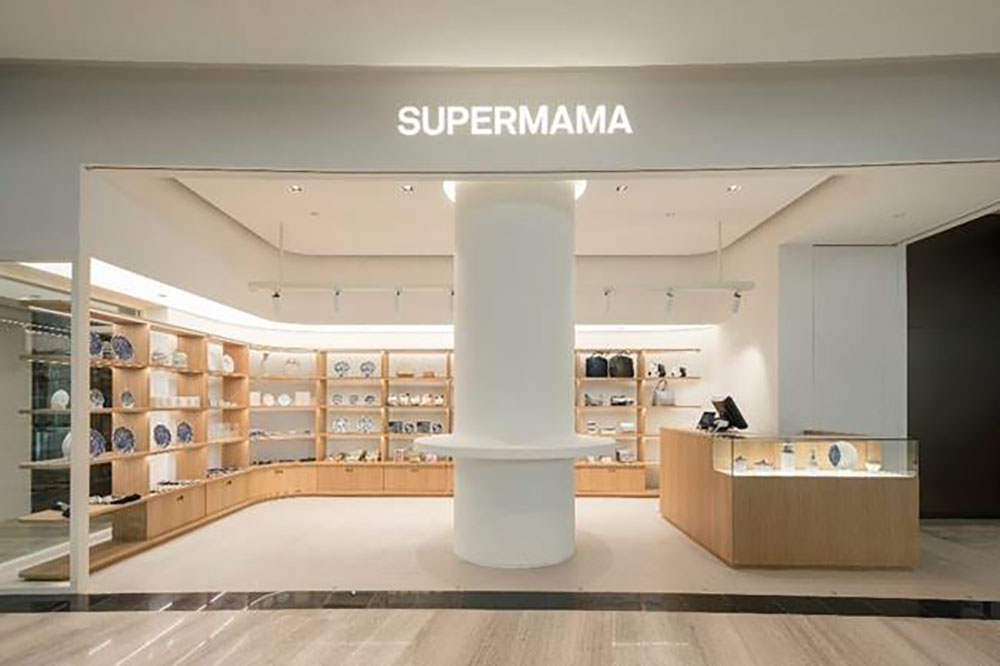
Low now has four stores, three in Singapore and one in Japan to serve different target audiences. Its flagship store at Beach Road serves customers directly (B2C), while its Haji Lane showroom is meant to showcase Japanese craftsmen and connect them with local designers (B2B). Its first foray in a mall, which opened at Jewel Changi Airport in April, is aimed at wooing overseas buyers and partners. Supermama also has a showroom in Kugayama, Tokyo that connects Japanese makers to overseas designers and markets. It has helped some to venture to Australia, United Kingdom and the United States in the past few years.
